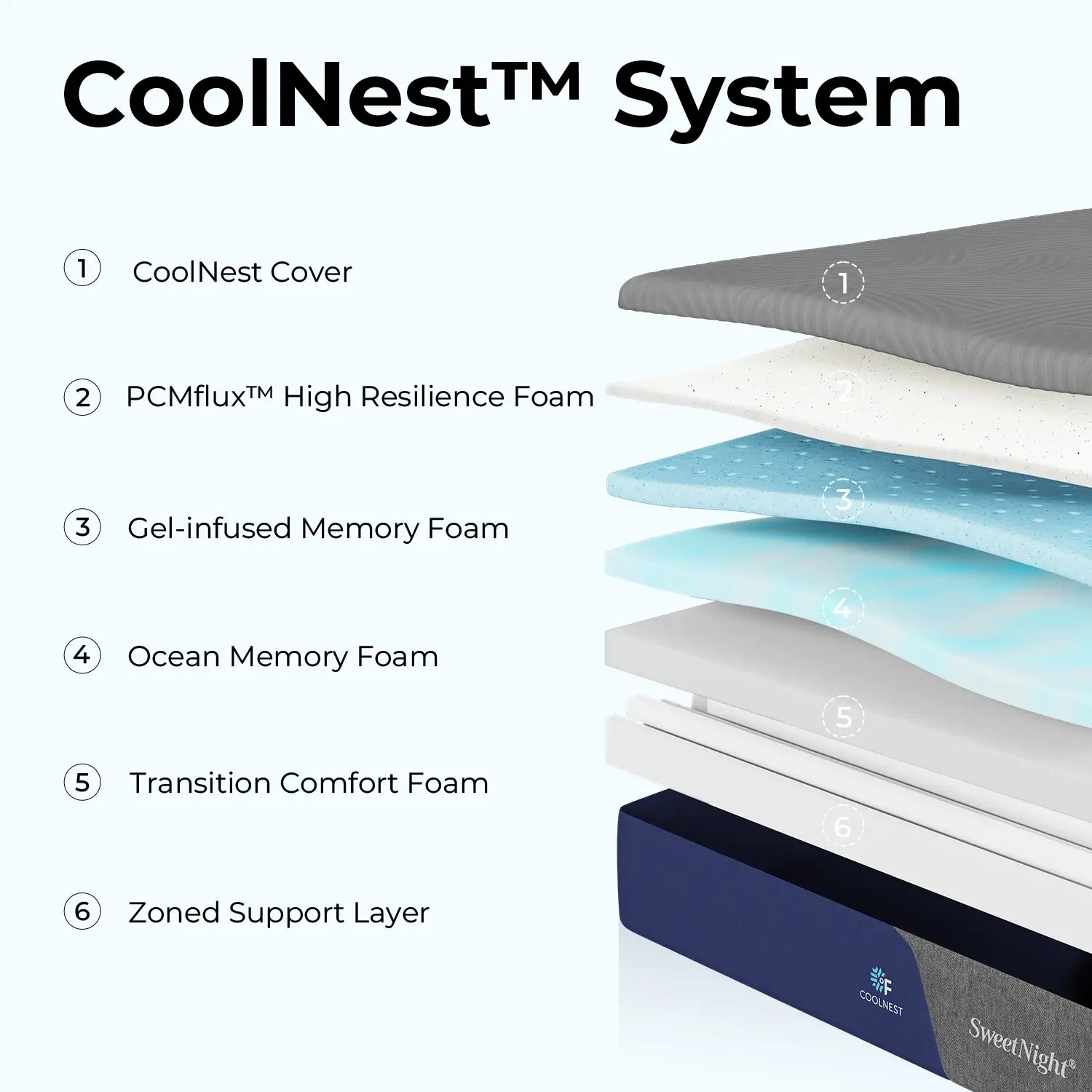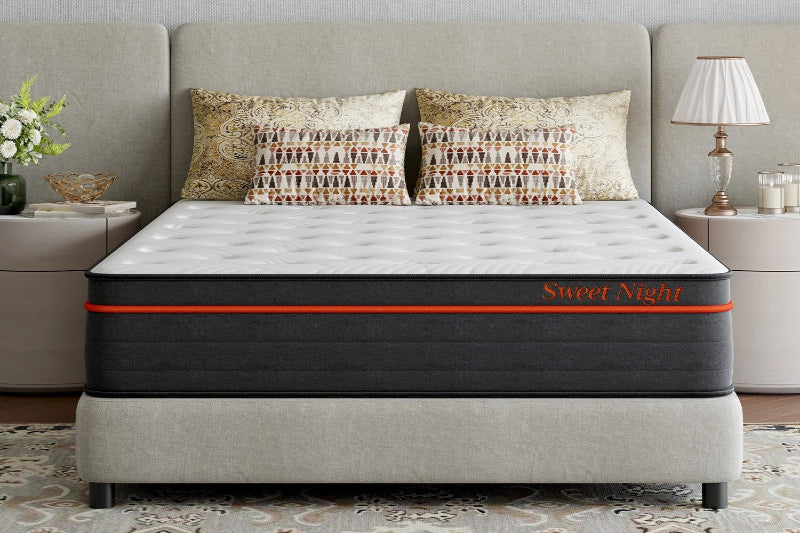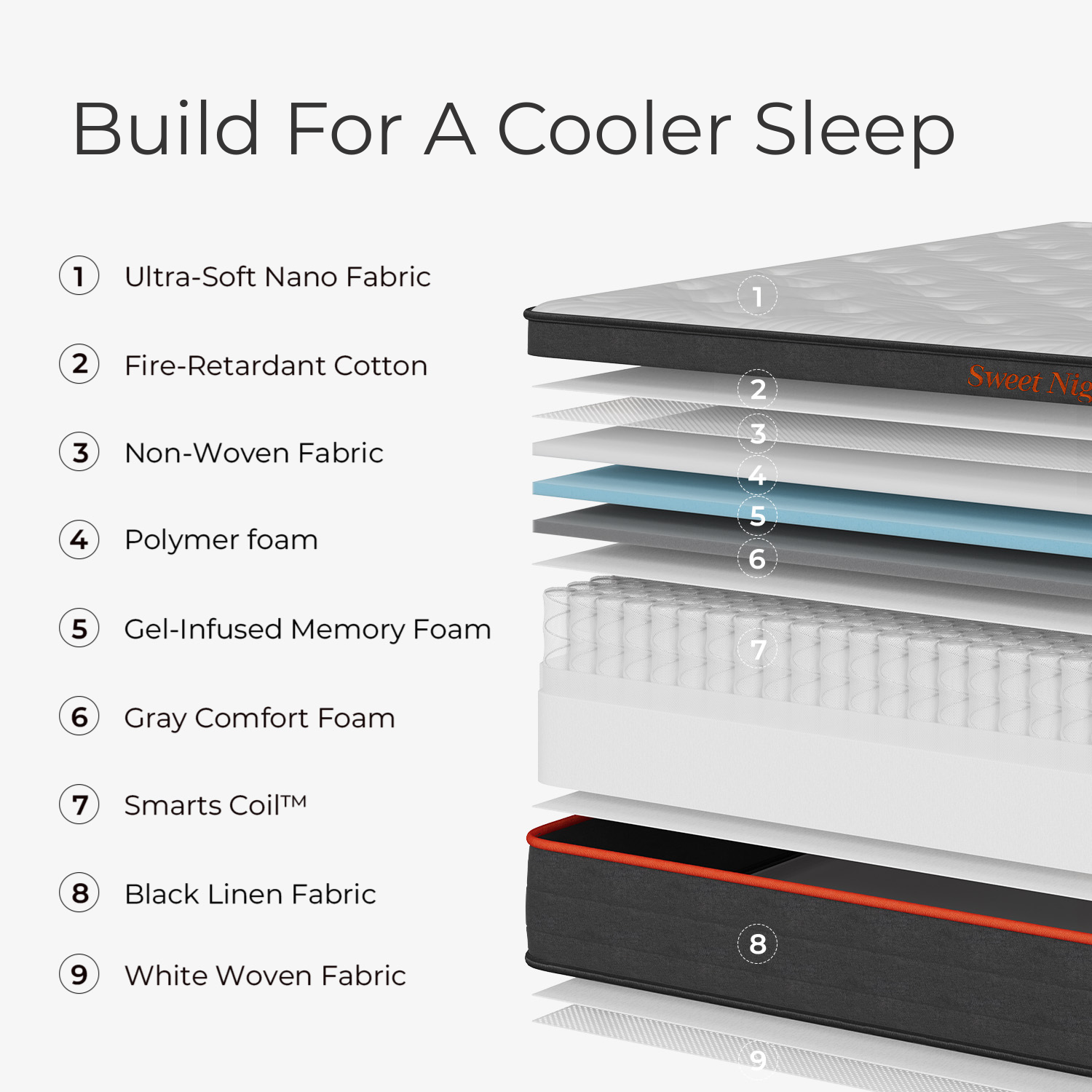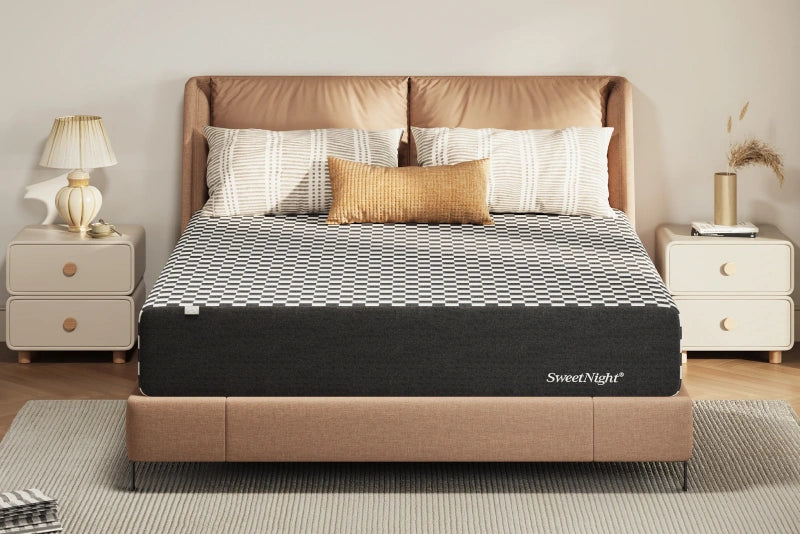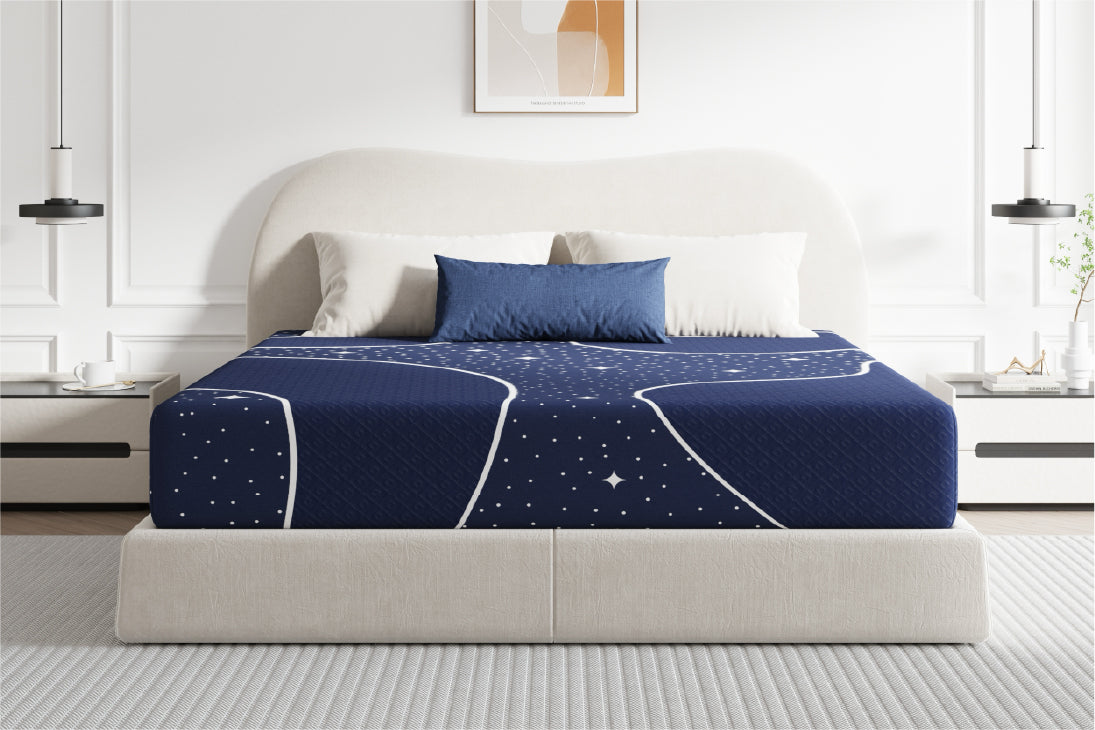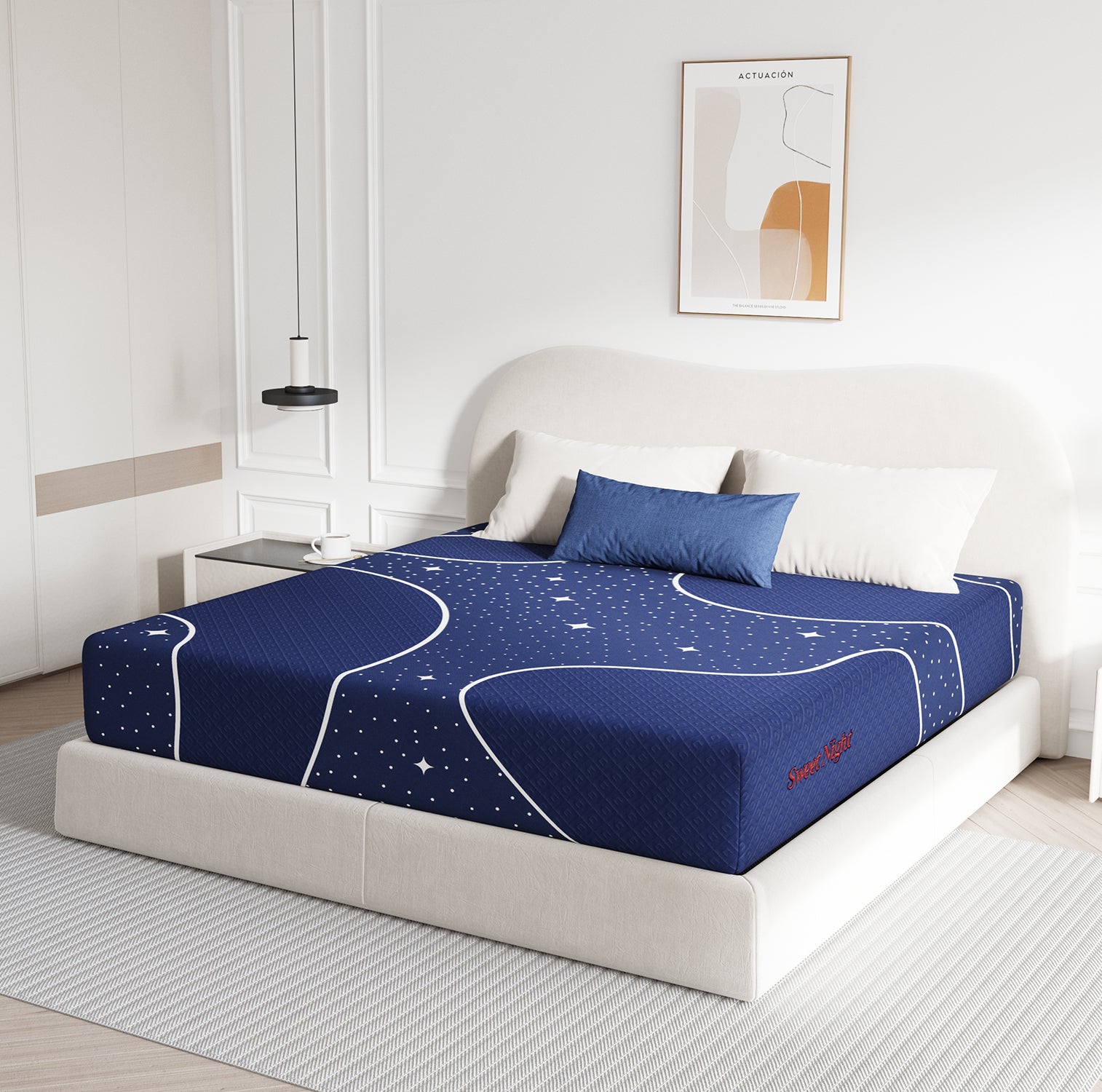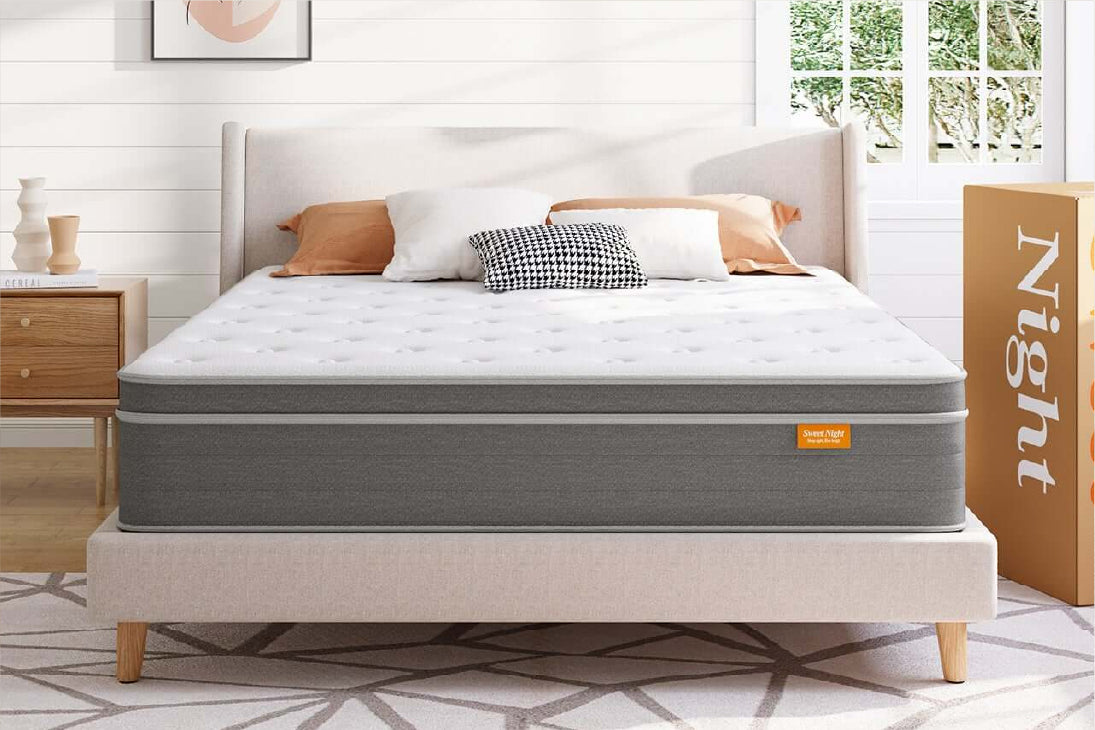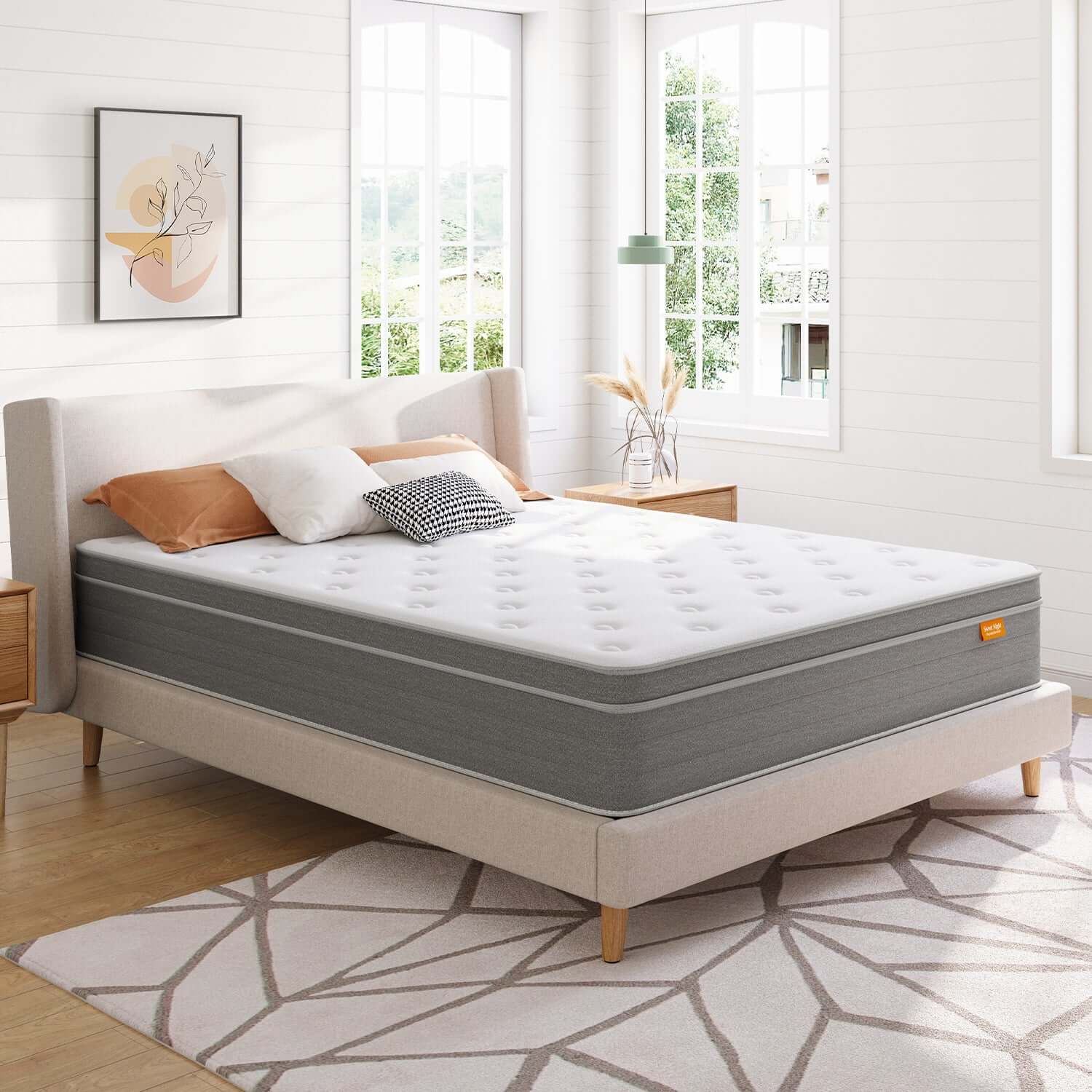Finding the right mattress can feel overwhelming, and thickness is one factor that many shoppers notice first. Some mattresses look inviting because they are tall and plush, while others appear slim and straightforward. The real question is whether mattress thickness truly affects how well you sleep or if it is simply a matter of style.
What Mattress Thickness Really Means
Mattress thickness is the total depth from top to bottom, usually measured in inches or centimeters. Shoppers often see labels such as "8-inch" or "12-inch" mattresses, but these numbers are more than simple marketing. They reflect the amount of material and layering inside, which can affect comfort and durability.
Typical Ranges and What They Indicate
- Thin mattresses under 8 inches are lightweight and often used for children or guest rooms.
- Medium thickness between 8 and 12 inches is the most common choice for adult sleepers.
- Thick mattresses above 12 inches are usually designed for added cushioning and luxury appeal.
Why Manufacturers Offer Multiple Thickness Options
Mattress makers create different depths to meet diverse needs. A slim design works well where space is limited, while a thicker one suits sleepers who want extra softness or long-lasting support. Thickness also reflects how many layers are inside: fewer layers keep the build simple and affordable, while extra layers provide more gradual cushioning and help the mattress hold its shape over years of use. This way, the range of options gives shoppers a practical balance between comfort, longevity, and price.
In short, mattress thickness is more than a number on a tag. It represents design choices that aim to support different bodies and sleeping styles.

How Mattress Thickness Affects Sleep Quality
A mattress's depth can influence several aspects of rest, from spinal alignment to thermal comfort. Knowing how thickness plays a role can help you decide what feels best.
Maintain Proper Spine Alignment
Proper spinal alignment is one of the most important aspects of healthy sleep. A mattress that is too thin may not offer enough depth for the support layers to function effectively, especially for heavier sleepers. On the other hand, a thicker mattress often has more layers that distribute body weight evenly, reducing the chance of pressure points.
Enhance Comfort with Cushioning
The surface feel of a bed depends on both firmness and depth. A thicker mattress usually contains more comfort materials such as foam or padding, which create a softer surface. For those who prefer a more enveloping sleep experience, added depth can make a difference. Slimmer options may feel firmer and less yielding, which can suit sleepers who want a straightforward and supportive surface.
Manage Temperature Through Thickness
Heat retention is a concern for many people. A thicker mattress, with more layers, can sometimes trap warmth. Modern designs often combat this with cooling foams or breathable covers, yet a thinner build naturally allows heat to escape faster. For hot sleepers, thickness should be weighed against the type of material used.
Taken together, these elements show that thickness interacts with sleep quality by shaping support, comfort, and temperature.
Choosing the Right Mattress Thickness for Your Needs
The right mattress thickness isn't decided by one rule. It comes from how your body feels, how you sleep, and even how your bedroom is set up. Thinking through these aspects helps narrow the choice to something that's both comfortable and practical.
Weight and Support
Body weight changes how deeply you sink into the mattress. A lighter sleeper doesn't press down as much, so medium-thickness models already feel soft enough, while heavier bodies often need more layers to stay supported over time.
- Under 150 lbs: usually comfortable on 8–12 inches
- 150–230 lbs: better balance around 10–12 inches
- Over 230 lbs: 12–14 inches or more for durability and even weight distribution
Sleeping Position
The way you rest each night also changes the pressure your body puts on the mattress. Side sleepers press on the shoulders and hips, so a thicker design with more cushioning usually feels better. Back sleepers need balanced support that keeps the spine aligned, which mid-range depths can deliver well. Stomach sleepers, on the other hand, should avoid sinking too far in. A thinner and firmer mattress helps prevent lower back strain. Combination sleepers, who move around through the night, often do best with a medium thickness that adapts to changes without feeling unstable.

Bedroom Setup and Lifestyle
Practical details make a difference, too. A tall 14-inch mattress may look luxurious, but on a high bed frame it can feel awkward to climb in and out of. Adjustable bases bend more easily with mattresses of medium depth, and for bunk beds or compact rooms, a slimmer profile is not only safer but also makes the space feel less cramped. In minimalist setups, thinner mattresses keep the look clean and light, while thicker ones add a sense of presence in a large bedroom.
Mattress thickness is shaped by weight, sleeping style, and living space. Looking at all three helps you pick a depth that doesn't just look good, but actually feels right every night.
Common Mattress Thickness Options
Shoppers often encounter a few standard thickness ranges, each with its own strengths. Comparing them side by side makes the differences clear.
| Thickness Range | Typical Use Case | Comfort Level | Durability |
| Under 8 inches | Kids, guest beds, space-saving setups | Firm to medium, limited cushioning | Moderate lifespan |
| 8–12 inches | Most adults, balanced choice | Medium comfort, good support | Reliable durability |
| 12–14 inches | Premium hybrids, added plushness | Softer feel, strong support | High durability |
| 14+ inches | Luxury designs, specialty needs | Extra plush and layered | Very long-lasting |
The range shows that while any thickness can work in the right setting, each level serves a different type of sleeper.
Finding Your Perfect Fit
The thickness of a mattress will influence the way you sleep, but it is never the only factor. Firmness, construction, and materials combine with thickness to shape your sleeping experience. The ideal thickness is the one that matches your body, your sleeping style, and your room setup. If you have to decide between options, consider your weight, sleeping position, and room conditions first. After that, review the details and try to test in person if possible. The best mattress thickness is the one that keeps you supported, comfortable, and well-rested.
FAQs about Mattress Thickness
Q1: Is a thicker mattress always better for long-term durability?
A heavier mattress is not always a stronger one. The durability mainly depends on the quality of core materials such as high-density foam or tempered steel coils. A well-designed 10-inch mattress made with quality materials can outlast a poorly built 14-inch version. When comparing models, density, coil gauge, and construction are more important than thickness alone.
Q2: Can mattress thickness affect how easy it is to move or rotate the bed?
Yes, thickness affects overall weight. Thicker mattresses with multiple layers are bulkier and heavier, which makes them harder to rotate. For people living alone or moving the bed frequently, a medium-thickness mattress is a practical choice since it balances support with easier handling.
Q3: Do thicker mattresses provide better motion isolation?
Often, yes. Extra layers in thicker mattresses can help reduce motion transfer, which benefits couples. However, the material type, such as memory foam or pocketed coils, has a greater influence. A high-quality 10-inch mattress can outperform a thicker model that uses lower-grade materials.
Q4: Can children and adults use the same mattress thickness comfortably?
Not always. Children generally need thinner mattresses for safety and ease of use, especially in bunk beds. Adults usually require more depth to maintain proper support over time. Although some thickness ranges may overlap, the right choice should reflect age, body weight, and intended use to ensure both comfort and safety.



